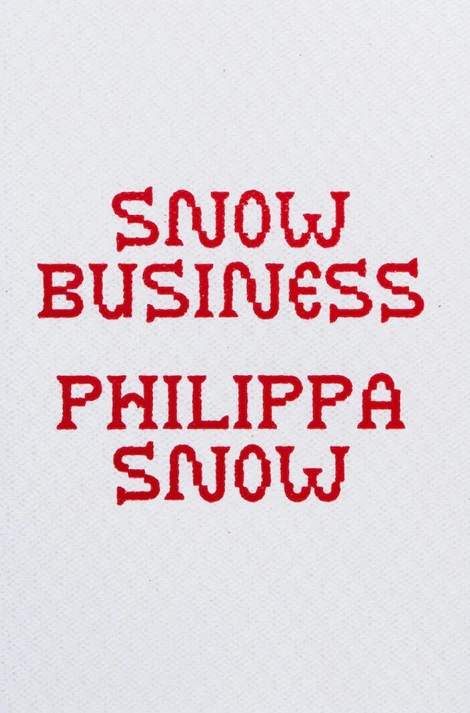.jpg)
Under the Wings of the Valkyrie
An exploration of eroticism in extremism.
Published in Icelandic in 1994, Under the Wings of the Valkyrie is the work that established Sjón's literary career. Short and intense, the story unfolds through a letter from Icelandic architect Fridjón B. Fridriksson to his wife, revealing his lifelong obsession with German militant Gudrun Ensslin, of the Baader-Meinhof gang. He first glimpsed her on TV as a child and now Ensslin lingers in his dreams and has become the defining fixture of his psyche. To break free from Ensslin, and salvage his marriage, Fridjón resorts to drastic measures. Disturbing yet captivating, Under the Wings of the Valkyrie blurs the lines between passion and madness, fantasy and reality.
Sjón (Sigurjón Birgir Sigurðsson, born 1962 in Reykjavik) is a celebrated novelist, poet, and lyricist, who has become a central figure in Icelandic culture. Junot Diaz hailed him as "the trickster who makes the world" and the late, great A.S. Byatt regarded him as "a Magus of the North." He is known also for his collaborations with singer Björk, receiving an Oscar nomination for lyrics to Lars von Trier's Dancer in the Dark, and his screenplays for critically acclaimed films The Northman and Lamb. His works have been translated into 30 languages.
Translated from the Icelandic by Brian Fitzgibbon.
Language: English
.jpg)





